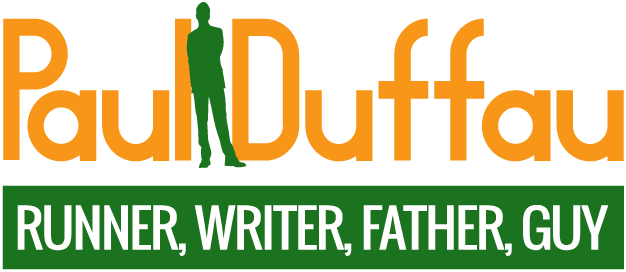Runners can be . . . Touchy
Fair warning, you need to bring a sense of humor today. For our jumping off point, let's start with an article from Philadelphia, titled A message to runners: shutttttt uppppppp! The article itself is pretty funny, but it probably should have come with a trigger warning for the sensitive types. Based on the comments at the article, The Evster entertained some of us and managed to offend a few runners. A lot of them took it very, very personally.
Too bad.
HIs basic premise, that runners incessantly talk about running, how many miles they completed, their pace, the food they ate to PR in the local 5K, and how virtuous it makes them, is spot on. We also talk, though more discreetly, about bowel movements, snot rockets, and how to spit, with the usual warnings not to expectorate on thy fellow runner's shoe.
He's got a point. Runners love to talk about their sport, with the zeal of the newly converted seeking to proselytize. Old runners tend just to go out the door and run but start following runners on twitter and you'll get a daily deluge of mileages, and heartrates, and #runderfulrunners hashtags. Read the magazines, and it's a unending pitch for more running gear interposed with articles to run faster. (I'm excepting Like the Wind from that, though.)
From the magazines and blogs, I don't know how I ever managed to run a step without my FitBit GPS-enable wrist appliance that doubled as a music player/cell phone/text-messenger/selfie-taker while it measured steps taken, pace, altitude adjustments, relative and personal humidity levels, and the current state of my sleep patterns. I've been assured that all this is necessary to run. Gone are the days where a pair of shoes, a pair of shorts, and a tee shirt (optional - and yes, it's sexist) got you out the door.
Interestingly, it's not the elite runners who talked gear and miles and OMG GREAT RUN!. The elites mostly post of the people they're running with, and the joy, though you'll catch some of the marketing from their sponsors. The point is, the elites talk about a bunch of stuff that inspires them, not themselves. They tend to celebrate the successes of others.
The article even managed to trigger a debate on Letsrun.com, too. Several of the Letsrunners pinned the blame squarely on the hobby-joggers, with a couple saying they just don't talk about running with non-runners. Skipping for a moment the irony of the semi-pros at Letsrun thinking the hobby-joggers take it too seriously (first reaction), the fact that the second reaction is to simply protest that the sad little non-runners just don't understand how hard running is, is rich.
Non-runners know how hard running is - that's why they don't do it. Almost everyone has run at some point in their life, either through the threat of failing PE or because someone in a hockey mask was right behind them with a chef's knife. Some time in life, even non-runners ran. They just don't like it. That's okay.
Now if a non-runner wanted to buried me under a hundred tweets about the greatness of French films, I'd find that a touch boring. As in, I would nod off and likely start snoring. People talking about fishing have the same effect. To each, their own, I guess.
Maybe - and this is just a wild thought - maybe if we didn't inundate people with running, and actually laughed at ourselves a little bit, we wouldn't see articles like this. Or at least, not get offended by some poking some fun in our direction.
Run gently friends and find something to laugh about today.
Paul













